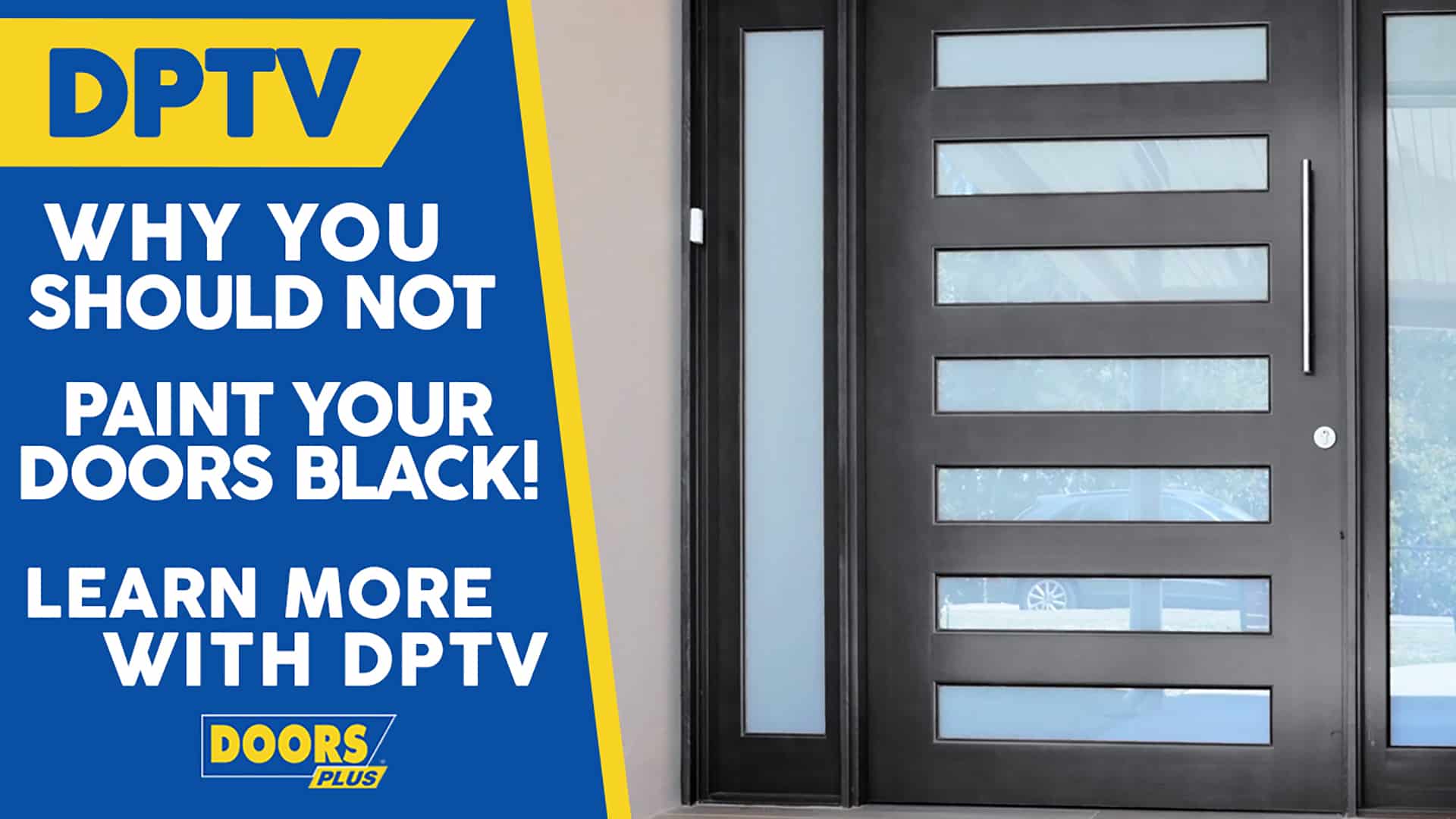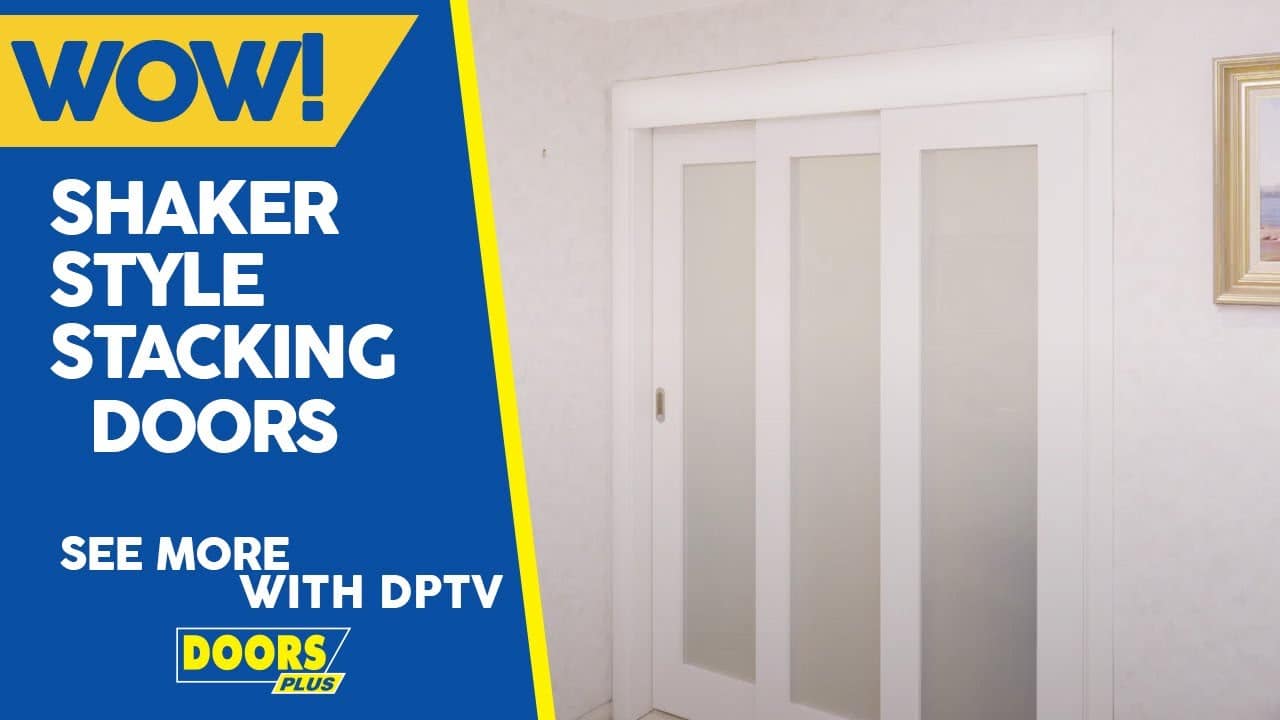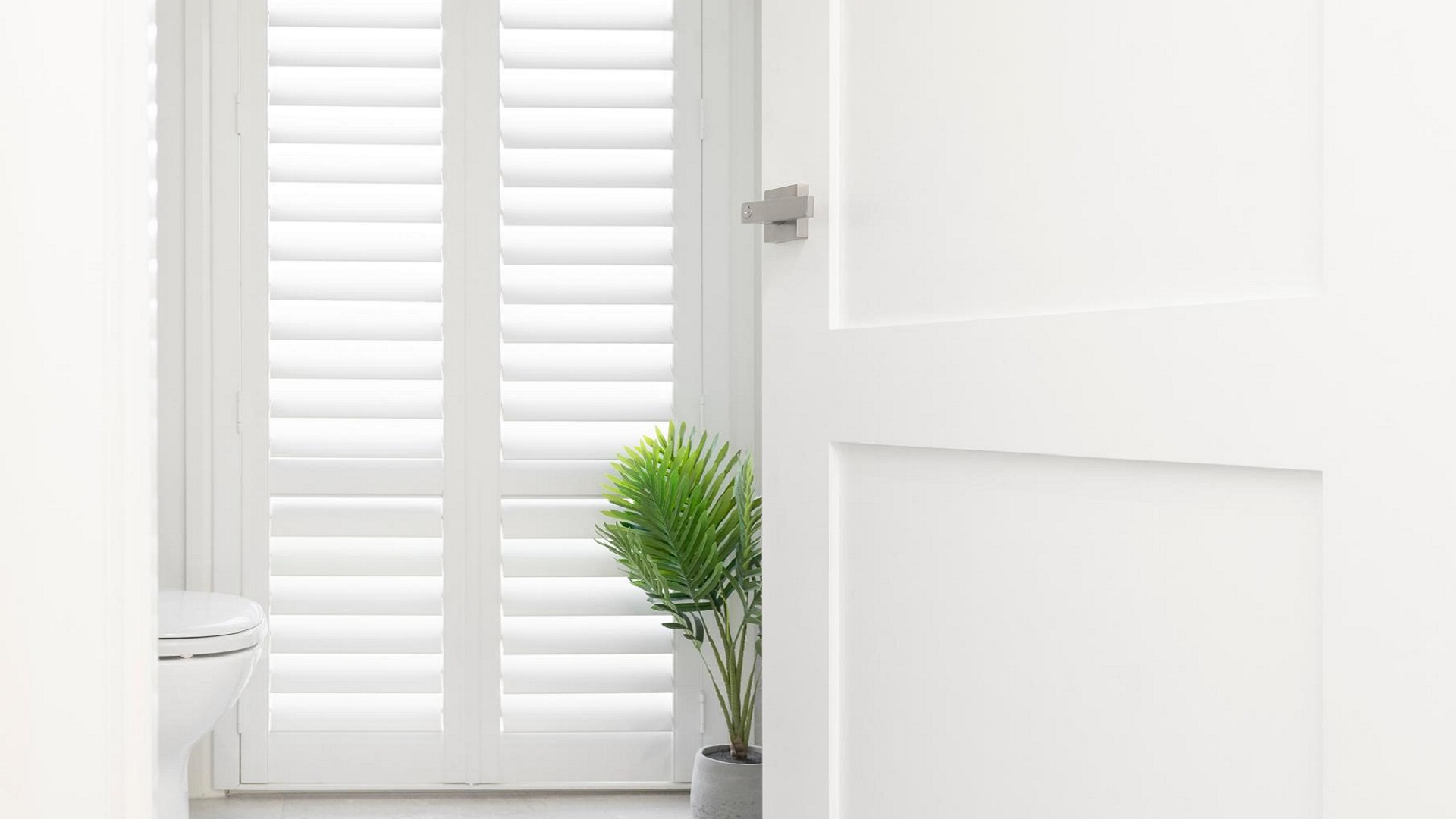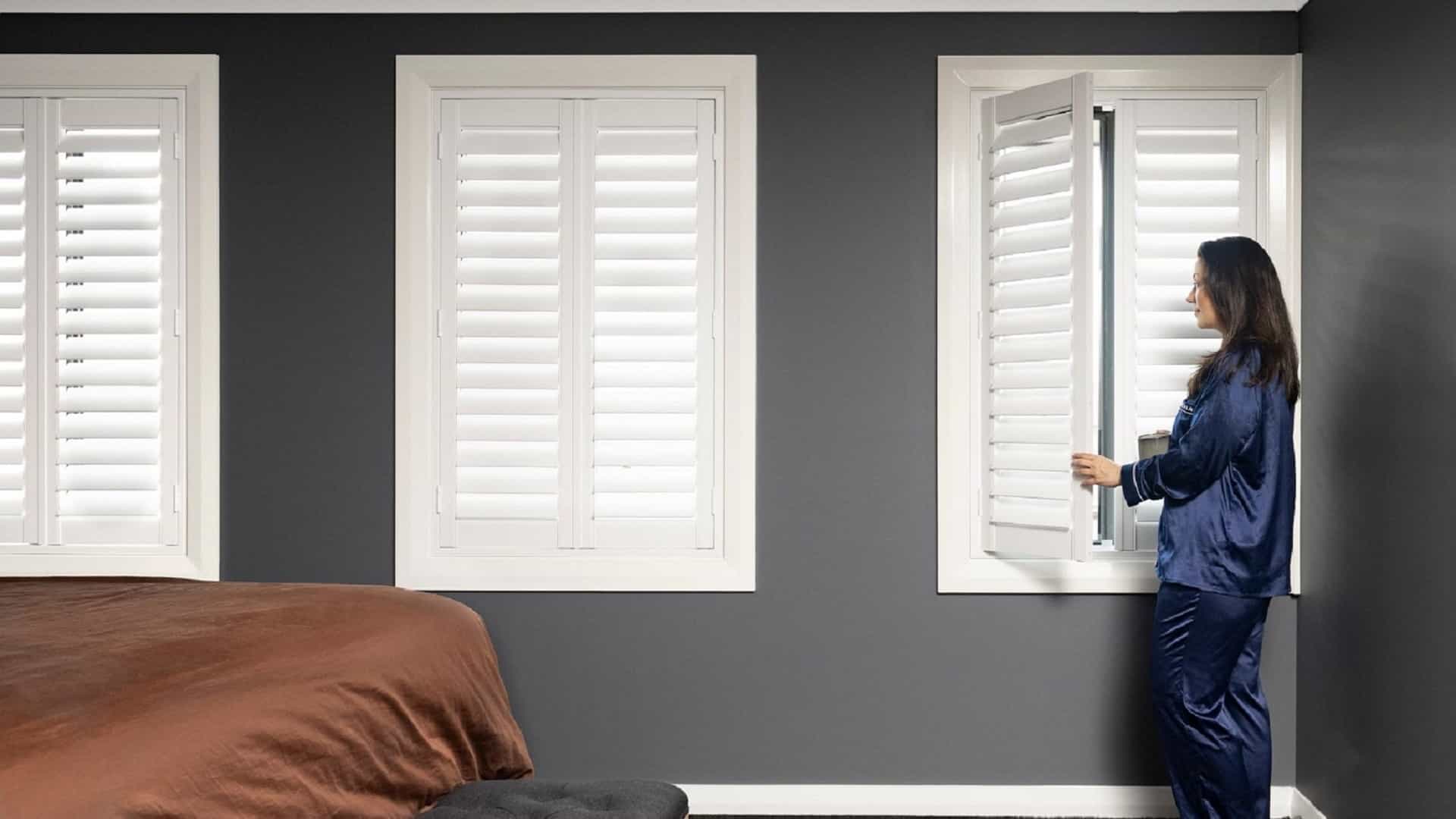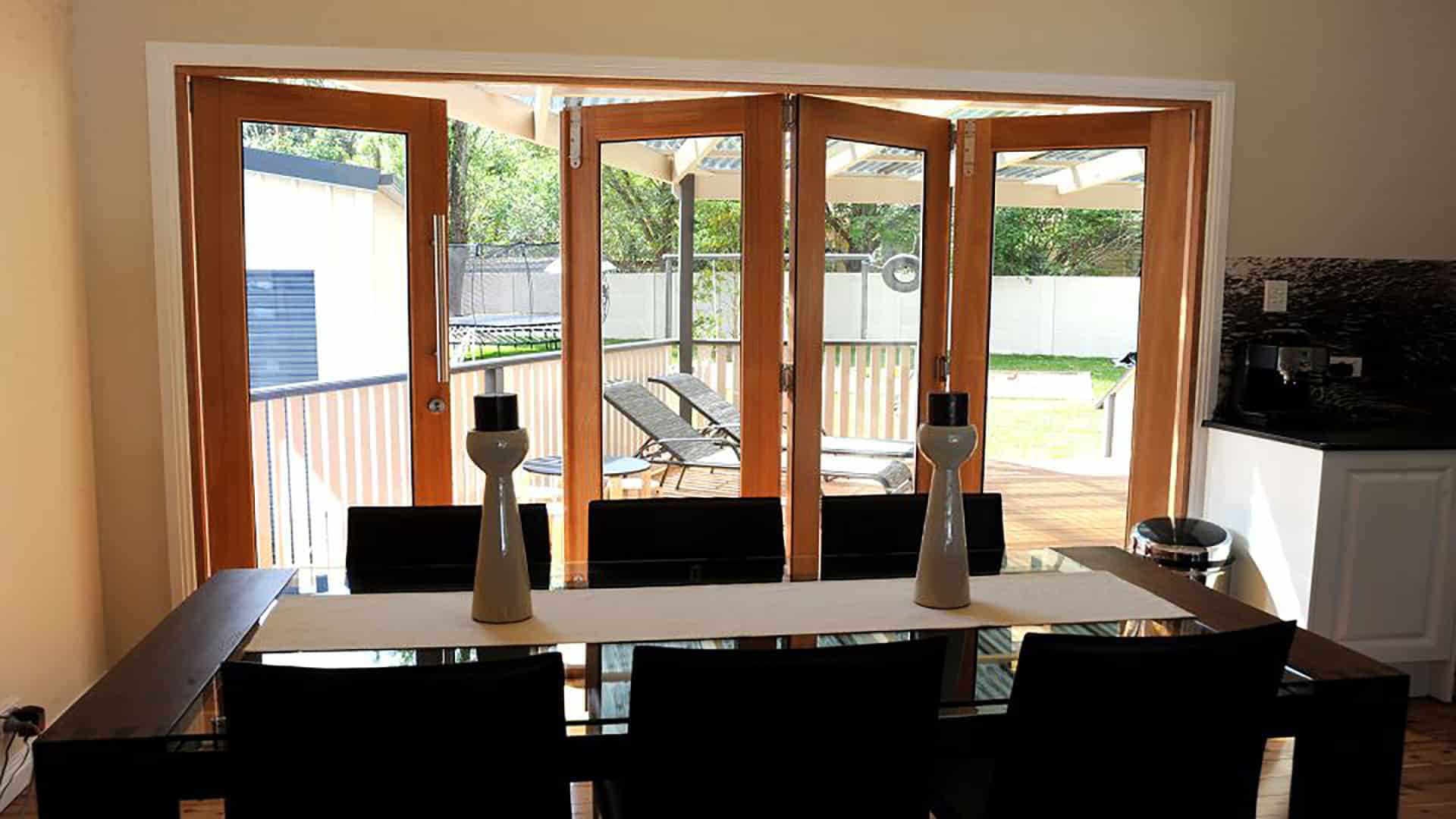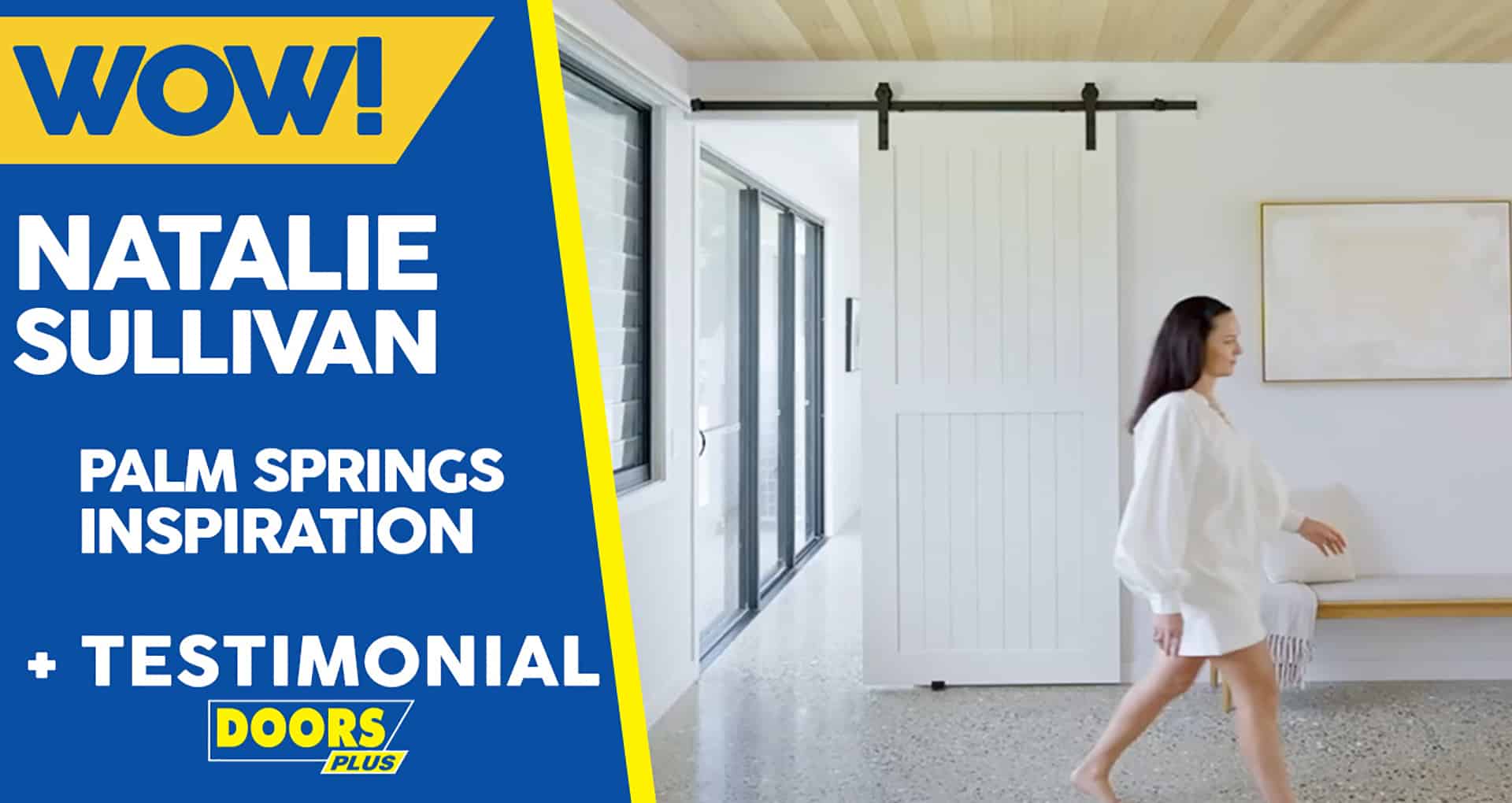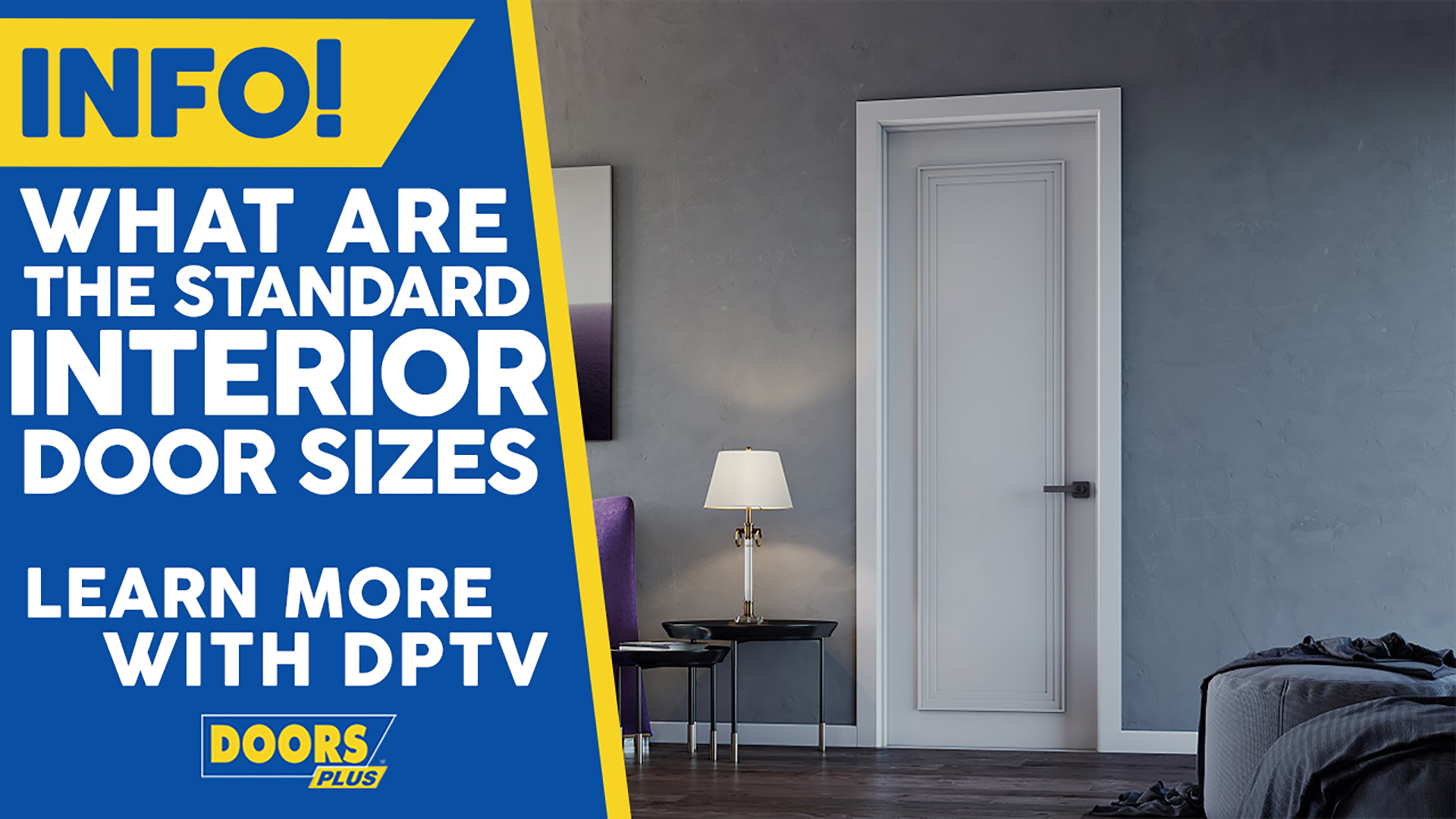3 Reasons Why You Should Avoid Painting External Doors Black
Your desk is covered in paint samples fabric swatches, and you have 10 tabs open on your browser — each pointing to a different interior design blog. Yes, making over your home is an exciting time indeed. In a fit of design fervour, you may be tempted to add a dash of drama to your front door in the form of dark paint. Black paint will contrast with your crisp white exterior add a sophisticated look, you think. At Doors Plus, we’re here to tell you to that black paint and exterior doors don’t lead to a happy union! A black front door might just have to be something you dream of rather than having. Here are the reasons we recommend you never paint your exterior doors with black paint.
Exposure to the Elements
Have you ever been at an Theme Park for the day, standing in line for rides under the warm afternoon sun, your regret for wearing a black T-shirt growing stronger each hour? We’ve all experienced some version of that story. That’s because dark-coloured clothing naturally absorb light, while light colours reflect it. When it comes to your home’s exterior doors, the physics are no different. Because black paint absorbs more UV rays than lighter colours would, a black door will become hotter than it should. Hotter than it can withstand, even. Interior doors & furniture do not have to withstand the sun, but an exterior door faces loads of negative side effects when facing the elements directly. It can be 20degrees on the inside of the door due to air conditioning being turned on, and 35 degrees outside due to the intense australian climate.
Possible Side Effects
A black exterior door that absorbs heat each day will swell and shrink over and over until the timber can’t take it anymore. What happens then? Some doors may split, crack or warp until they no longer fit properly in the frame. In fact, the door frame may even warp in reaction to the swelling door. These negative side effects are why painting your door black unfortunately voids its Doors Plus warranty. A timber door that would last years if painted white or cream will simply deteriorate faster once a Dark Paint or stain is applied.
How Dark Is Too Dark?
Adding a pop of colour to your door or window frames can add curb appeal, it’s true. So, if black is off the table, what other hues might you replace it with? All paints have something called a Light Reflectance Value, or LRV. Look for a paint with a LRV of at least 55 percent. The higher the paint is on the LRV index, the more light it will reflect, and the less likely it is to cause a timber door to crack or warp. To give you an idea about how far black paint is from being within an appropriate range, it’s often valued at 0 percent! Instead of using black to pump up the drama on your front door, consider choosing a light gray or hue of brown that passes the LRV test.
A black exterior door sounds keen in theory, but the reality of your ebony choice won’t be so rosy. Black paint absorbs too much sun and splits timber — right along with your dreams for a safe front door.

